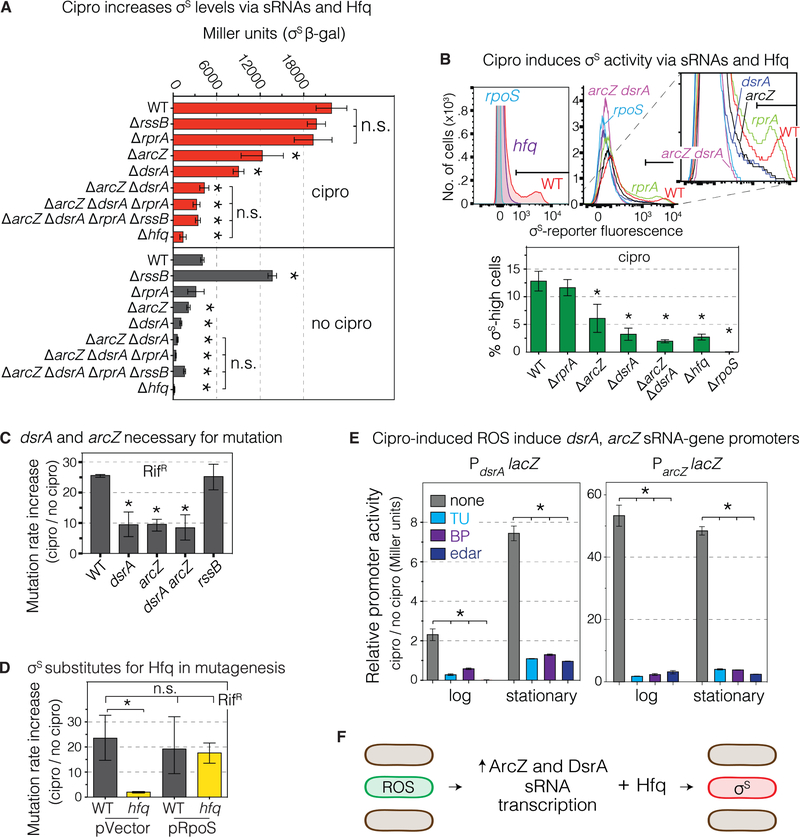Figure 5. ROS induce transcription of sRNAs that upregulate σS general stress response.
(A) sRNAs DsrA and ArcZ and the Hfq RNA chaperone are required for cipro-induction of σS protein. Stationary phase (24h) with MAC cipro. RssB facilitates degradation of σS protein. The increase of σS levels in ΔrssB cells without cipro, but not with, implies reduced σS degradation when cipro-induced ROS upregulate σS. Means ± SEM, 3 experiments. *Different from WT with cipro (top half) or WT without cipro (bottom half), p<0.01, one-way ANOVA with Tukey’s post- hoc test.
(B) DsrA, ArcZ, and Hfq allow cipro induction of σS activity, stationary-phase (24h). Representative flow cytometry histograms show loss of σS-high cells in dsrA, arcZ and hfq null mutants. Means ± SEM, 3 experiments. *p<0.01, one-way ANOVA with Tukey’s post-hoc test; n.s. not significant.
(C) DsrA and ArcZ required for cipro-induced mutagenesis and act in the same pathway. Means ± range, ≥2 experiments. *p<0.01, one-way ANOVA with Tukey’s post-hoc test.
(D) Artificial upregulation of σS substitutes for Hfq in mutagenesis indicating that Hfq promotes mutagenesis by σS upregulation. Means ± 95% CIs, ≥3 experiments. *p<0.01, one-way ANOVA with Tukey’s post-hoc test.
(E) Cipro-induced ROS induce the dsrA and arcZ promoters. β-galactosidase activity, PdsrAlacZ and ParcZlacZ reporters in log (16h) and stationary phase (24h), ± ROS reducers TU, BP, or edaravone. Means ± range, 2 experiments. *p<0.01, one-way ANOVA with Tukey’s post-hoc test.
(F) Summary: Cipro-induced ROS in subpopulation cells induce transcription of DsrA and ArcZ sRNAs which, with the Hfq RNA chaperone, upregulate σS in the ROS-high cells (Figure 4).
See also Figures S2, S5, and Tables S1 and S2.

